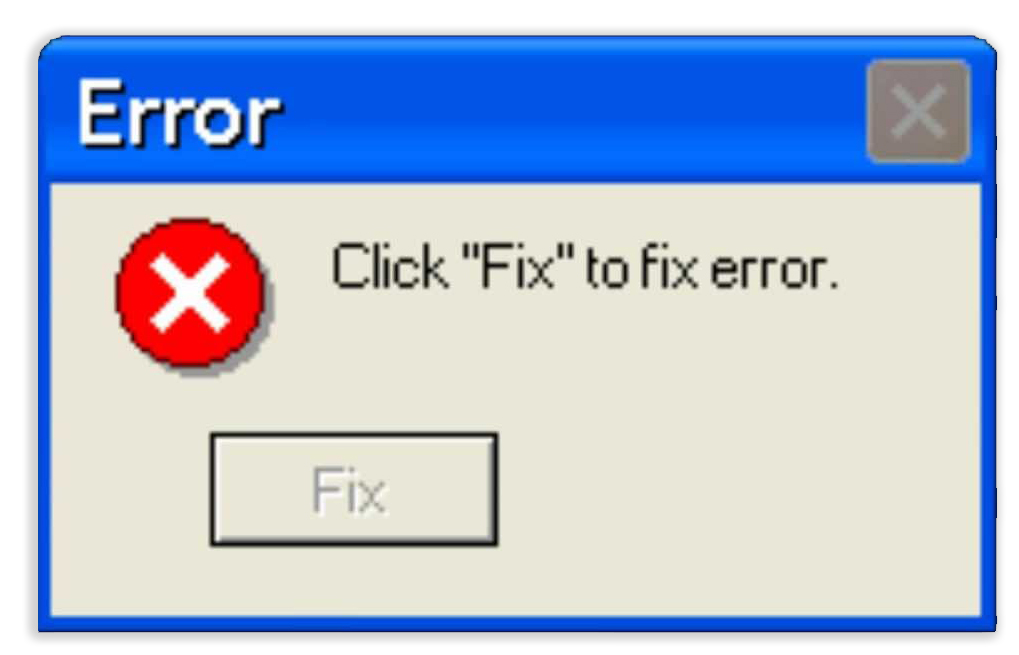We post news and comment on federal criminal justice issues, focused primarily on trial and post-conviction matters, legislative initiatives, and sentencing issues.

MAYBE RULE 36 IS NOT TOOTHLESS AFTER ALL
Everyone knows that Rule 36 of the Federal Rules of Criminal Procedure permits a defendant to move to correct a clerical error in the criminal case judgment. Over the years, I have found it useful mainly to correct mistakes in the defendant’s name, which invariably become part of the BOP record. Beyond that, we all are aware that Rule 36 cannot correct mistakes of fact or law, and for sure cannot lead to a reduced sentencing.
 Last week, the 4th Circuit suggested that maybe we have it wrong. Lamont Vanderhorst’s district court denied his Rule 36 motion to correct a clerical error in his Presentence Report. The PSR characterized one of his state convictions as “conspiracy to sell and deliver cocaine.” In fact, the conviction was “conspiracy to traffick [sic] cocaine by transportation.”
Last week, the 4th Circuit suggested that maybe we have it wrong. Lamont Vanderhorst’s district court denied his Rule 36 motion to correct a clerical error in his Presentence Report. The PSR characterized one of his state convictions as “conspiracy to sell and deliver cocaine.” In fact, the conviction was “conspiracy to traffick [sic] cocaine by transportation.”
As a result of the clerical error, the district court wrongly sentenced Lamont as a career offender.
The district court denied the motion, holding that Rule 36 cannot serve as a means of pursuing resentencing. The Circuit disagreed, holding that “Rule 36 may serve as an appropriate vehicle for a defendant to obtain resentencing when a clerical error likely resulted in the imposition of a longer sentence than would have been imposed absent the error.” The 4th said that “when an error is purely a ‘clerical error in a judgment, order, or other part of the record, “the policy of finality is trumped and a court is authorized to correct the error at any time.”
Unfortunately, Lamont had four other priors that supported his career offender designation, so he was denied relief anyway. But the principle makes Rule 36 potentially a powerful gadget in the collateral-relief toolbox.
United States v. Vanderhorst, 2019 U.S. App. LEXIS 18886 (4th Cir. June 25, 2019)
– Thomas L. Root

